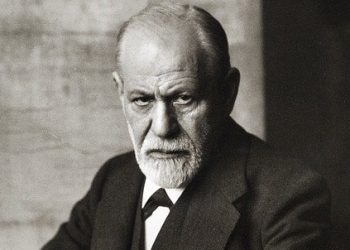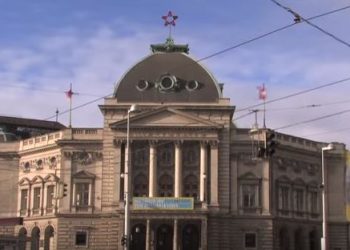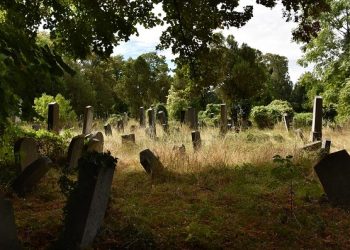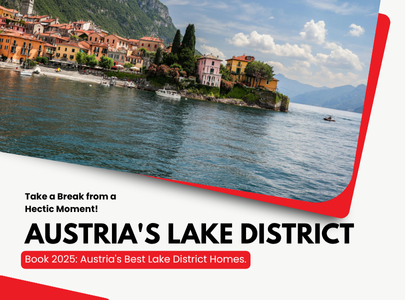The Plague Column, or Holy Trinity Column, stands in the heart of Vienna’s first district. Today it serves as a stopping point for photos, but it is actually a monument to a great and terrible event that took place in Vienna in the 17th century.
The Great Plague
In 1679, a terrible plague epidemic broke out in Vienna, claiming the lives of about 76,000 of the city’s residents, who were burned and their ashes buried in mass graves. At that time, the city was very crowded and full of inhabitants. The sewage systems were extremely poor, and the city streets were filthy (it’s hard to imagine this in today’s Vienna). The city’s food warehouses were full of mice and rats, which were likely the cause of the outbreak. The poor sanitary conditions in Vienna were so terrible that in some parts of Europe, the plague was called the “Viennese Death.”
During the plague, hospitals for adults and children began to operate, managed by the religious order of the “Holy Trinity.” The medical care provided to the sick was quite basic, but it was a significant improvement over the care available in the city at that time.
Emperor Leopold I, ruler of Vienna, was at a loss and did not know how to eradicate the plague. He turned to the clergy and proposed to build a large church and dedicate it to Saint Charles Borromeo, the savior of plague victims, if the plague would stop.
After a difficult year, the plague passed from the city.
The Memorial Monuments
To commemorate those who died in the terrible plague, monuments were built throughout the city, and St. Charles’s Church (Karlskirche) was built near the walls of the old city. This church stands to this day and is impressive in its beauty.
One of the other monuments erected is the one located on the Graben, in the heart of the old city. The artist commissioned to design the monument was Matthias Rauchmüller, but he died before the monument’s construction was completed. Afterwards, many artists took part in its construction, based on Rauchmüller’s original plan. The combination of styles and artists’ ideas undoubtedly led to the creation of a most impressive monument with a variety of sculptures and symbols that mark the plague, the rulers of the empire, and the city’s difficult days at that time. Of course, there are many religious motifs woven into the monument’s design. The construction of the monument took many years and was only completed in 1693 (13 years after the end of the plague).
Address: Graben 28, 1010 Wien
Map:


















